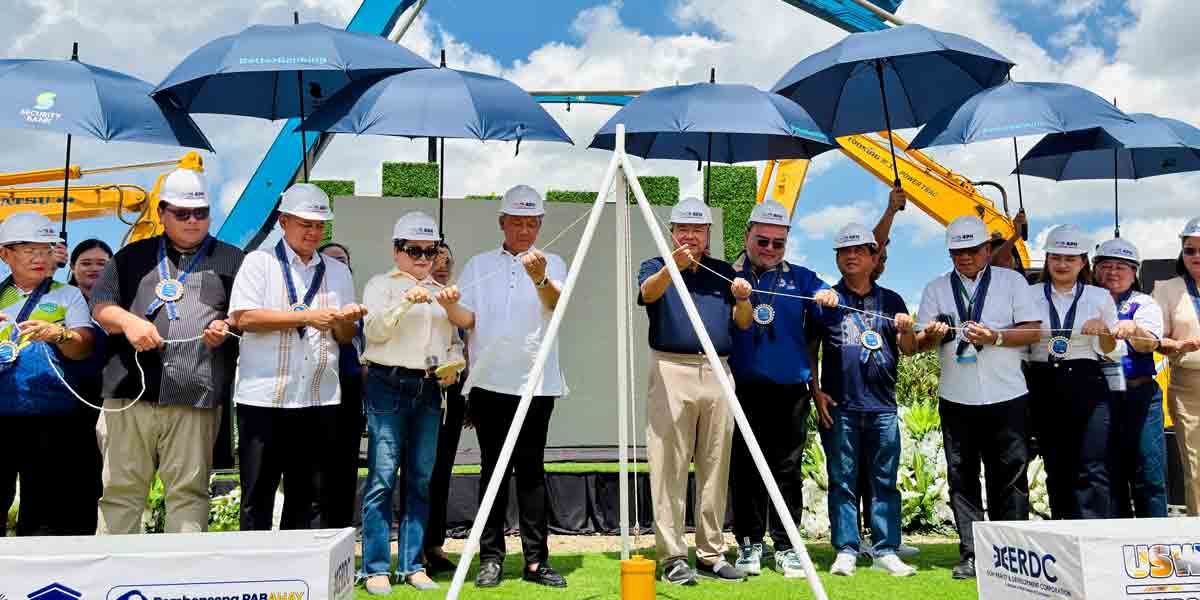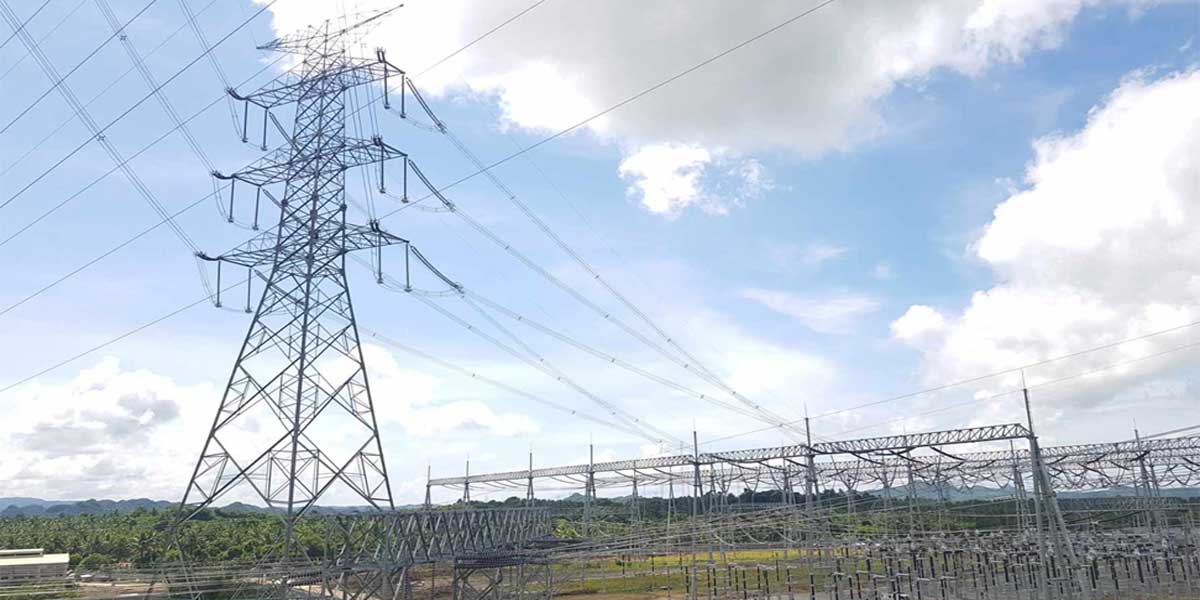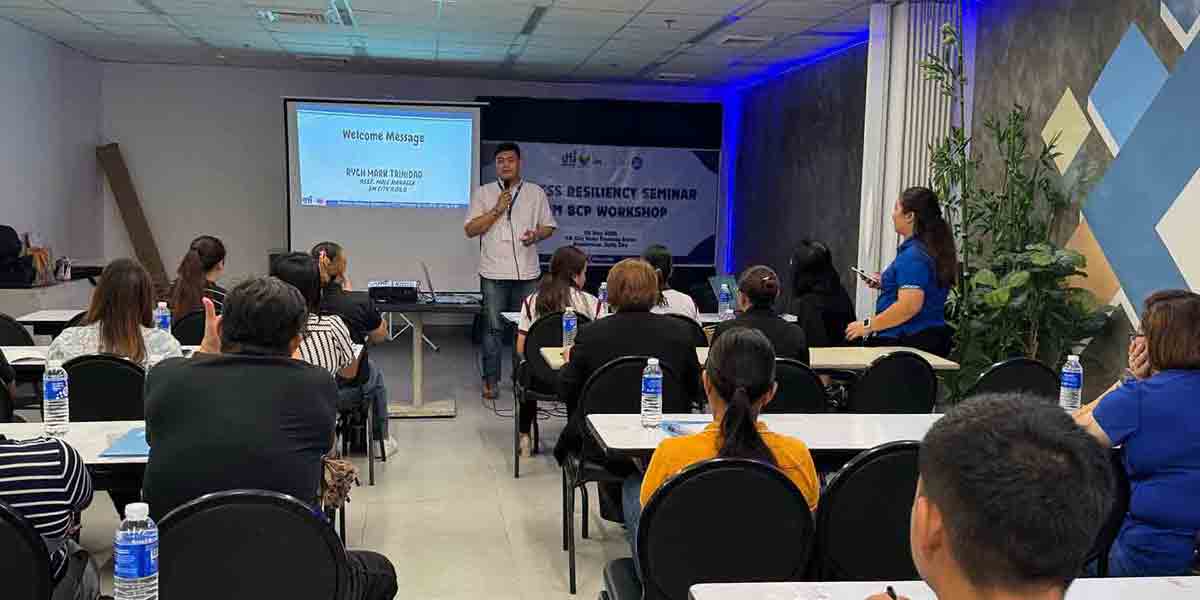The World Bank has launched a $2.5-billion initiative to accelerate the renewable energy transition in East Asia and the Pacific, aiming to curb greenhouse gas (GHG) emissions and improve clean electricity access across the region.
Dubbed the “Accelerating Sustainable Energy Transition Program,” the financing plan seeks to slash GHG emissions by 60 million tons and add 2.5 gigawatts (GW) of renewable energy capacity—the equivalent of 50 large-scale solar farms or 1,000 wind turbines. The initiative also aims to provide access to clean electricity for over 20 million people.
Manuela V. Ferro, World Bank Vice President for East Asia and Pacific, emphasized that the transition to low-carbon energy is critical for the region’s climate goals and development aspirations.
“This program is part of our global push to combat climate change and to support countries in their energy transition. The success of this initiative hinges on collaboration with other development partners, who are expected to contribute both financing and knowledge,” Ferro said.
The program highlights the region’s role in global emissions, with East Asia and the Pacific responsible for over one-third of the world’s GHG output. Countries such as the Philippines have set bold targets under the Paris Agreement, with Manila aiming to cut its emissions by 75% by 2030.
As part of the initial funding, the World Bank has earmarked $260 million for renewable energy projects in Papua New Guinea and the Republic of the Marshall Islands, alongside a $5-million grant to the ASEAN Centre for Energy to advance cross-border electricity trade and promote green energy solutions across Southeast Asia.
A major focus for the Philippines is a forthcoming $600-million project, titled the Philippines First Energy Transition and Climate Resilience Development Policy Loan (DPL), expected to be approved by the World Bank board in March 2025.
The project will support the Department of Energy’s ongoing reforms aimed at advancing electricity markets and enhancing climate resilience through clean energy investments.





















